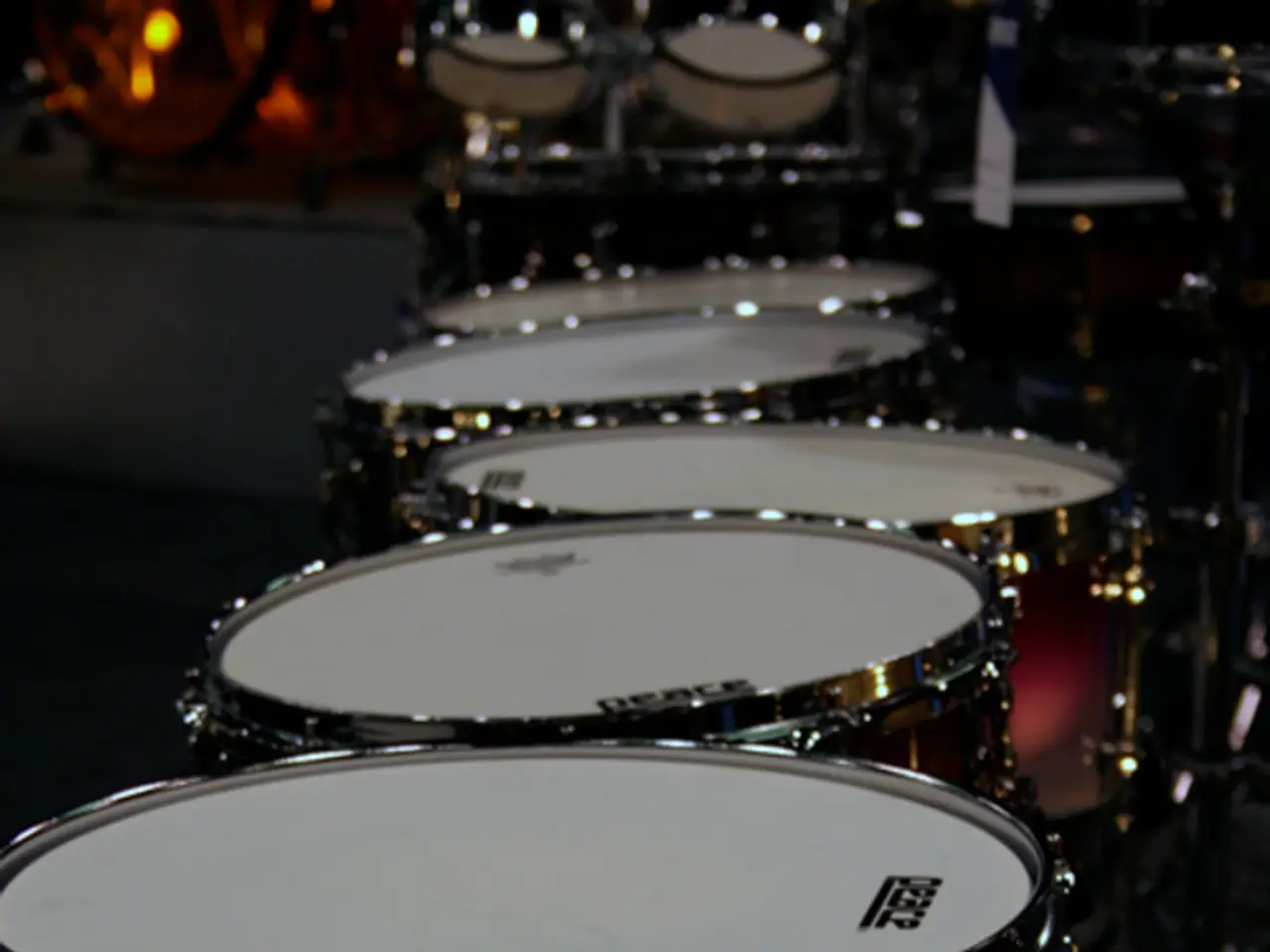The Emergence of Wearable Technology: Fitness Bracelets, Intelligent Watches, and the Quantified Generation of Youth
================================================================================
In the digital age, wearable devices have become a common sight among young people, with millions of children and teenagers sporting fitness trackers, smartwatches, and wearable gadgets. This phenomenon, often referred to as the wearable generation, has significant implications for health, self-image, privacy, and society.
Wearables have entered the realm of digital identity, offering customisable watch faces, music controls, and messaging capabilities for self-expression. However, they also function as digital nannies, providing a sense of security but raising ethical questions about autonomy and trust.
Health-wise, wearables primarily serve as motivational tools, encouraging users to increase physical activity or improve sleep habits. While they may accelerate physical activity, the evidence for sustained health benefits remains limited and inconsistent. Mental health wearables tracking stress and anxiety are an emerging trend, suggesting future healthcare may increasingly rely on such technologies for emotional well-being.
In terms of self-image, the motivational benefits of wearables can support positive behaviour change, but constant tracking might induce stress or create negative self-perceptions if goals are not met or if data is misinterpreted. Young users may experience pressure to conform to performance metrics, which could affect self-esteem and mental health.
Privacy and data security are major concerns due to the sensitive nature of health and behavioural data wearables collect. Potential data breaches and unauthorised use of personal data could expose young users to risks of surveillance or identity theft. These concerns extend to ethical issues such as consent and data ownership, particularly for minors and vulnerable populations.
From a societal perspective, wearables may increase user independence and autonomy, especially for health monitoring. However, they also introduce challenges like social inequality—since access to these devices might be uneven—and potential ethical dilemmas related to invasive advertising and surveillance in digital ecosystems.
Schools are integrating wearable data into physical education, science curricula, and mental health initiatives for enhanced learning outcomes and real-world applications of STEM concepts. On the other hand, some teens may develop "tech-assisted orthorexia," overusing fitness apps to micromanage food and movement.
Wearables with GPS tracking, SOS buttons, and geofencing alerts are marketed for kids to provide parents with peace of mind. However, the intrinsic motivation behind physical activity can be skewed when exercise becomes about maintaining a streak or earning a digital medal.
Brands like Apple, Fitbit, Garmin, and Samsung are targeting younger demographics with smaller, more colourful devices with gamified health features. Among children aged 7 to 12, nearly 25% own wearables, often encouraged by parents to combat childhood obesity, encourage movement, or monitor screen time and sleep. Over 40% of U.S. teenagers now own or regularly use a wearable fitness tracker or smartwatch.
Home builders in Fox Valley, WI are using wearable tech during on-site projects to encourage healthy movement among workers and monitor daily activity levels. The long-term impact of wearables depends on how young people are taught to interpret, value, and sometimes ignore the numbers they generate.
In summary, while wearables offer motivational benefits and promising health behaviour support, their long-term effects on young people’s health outcomes are still uncertain, and risks related to privacy, mental health pressures, and societal inequality merit ongoing attention and careful management.
- In the realm of personal-growth, wearables, such as fitness trackers and smartwatches, offer customizable features for self-expression and motivation towards positive behaviour change.
- Wearables, like smartwatches and smartbands, have entered the tech-sphere, not just as fitness aids but also as participants in the education-and-self-development sector, integrating with school curricula.
- With wearables, young people are embracing entertainment and learning through gamified health features provided by brands like Apple, Fitbit, Garmin, and Samsung.
- The digital age's focus on social-media has led to an increasing concern for privacy and data security, especially with the sensitive health and behavioral data that wearables collect.
- The trend of wearables extends beyond health-and-wellness, with applications in self-image, autonomous living, and even the early detection of mental health issues.
- Technology companies are not only targeting the adult market; they are also marketing wearable gadgets to younger demographics, with nearly 25% of children aged 7 to 12 now owning wearables, often due to encouragement from parents.




